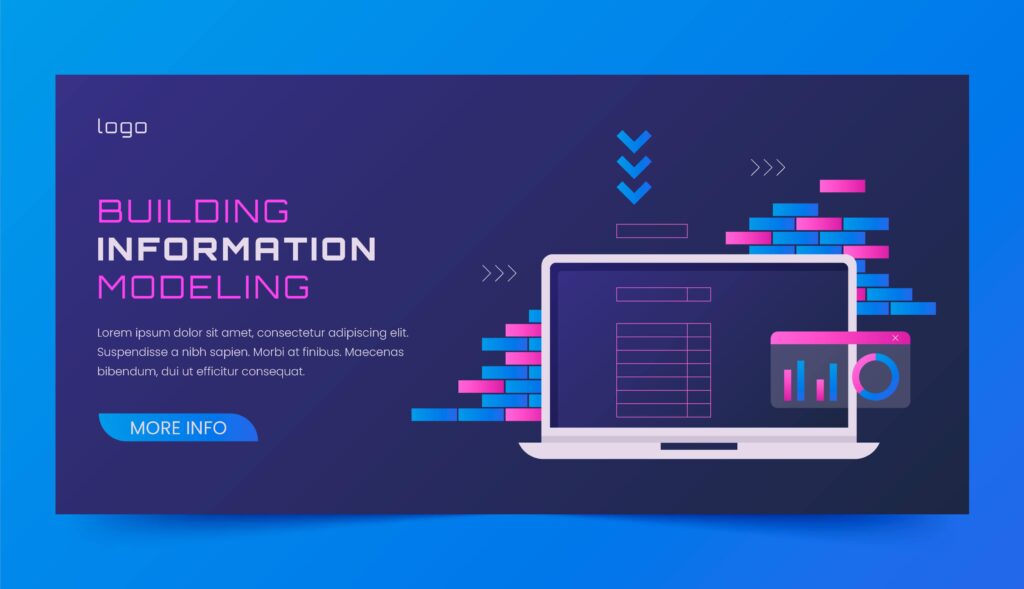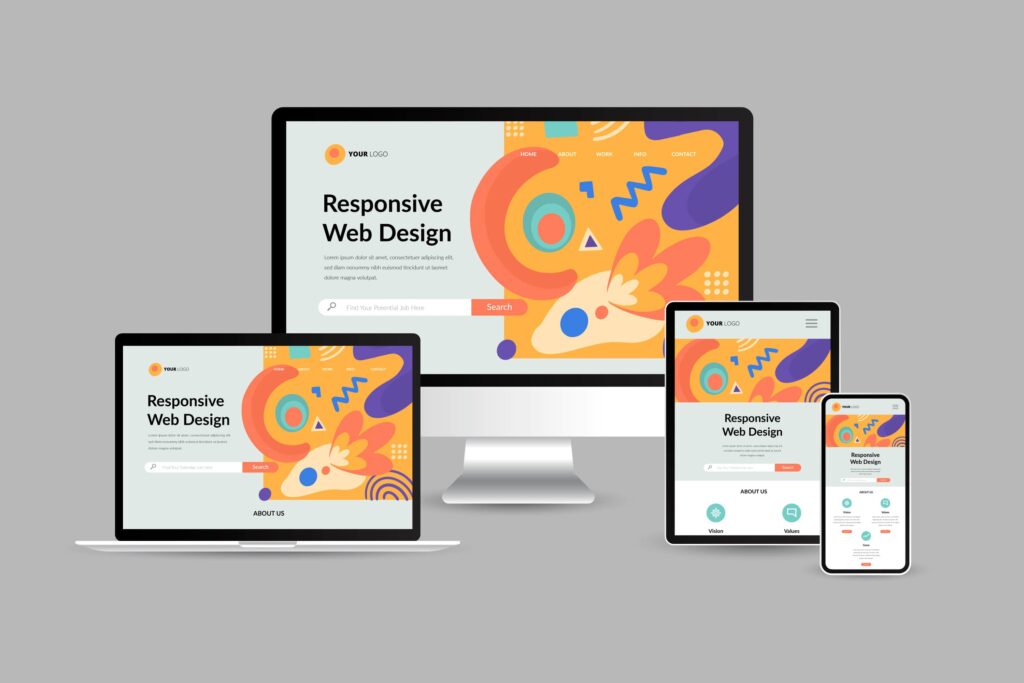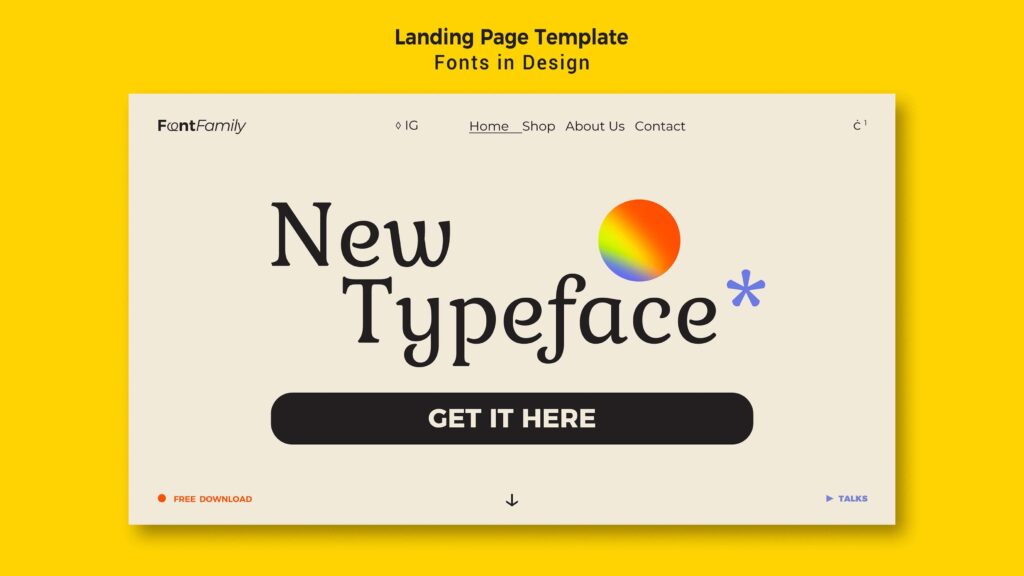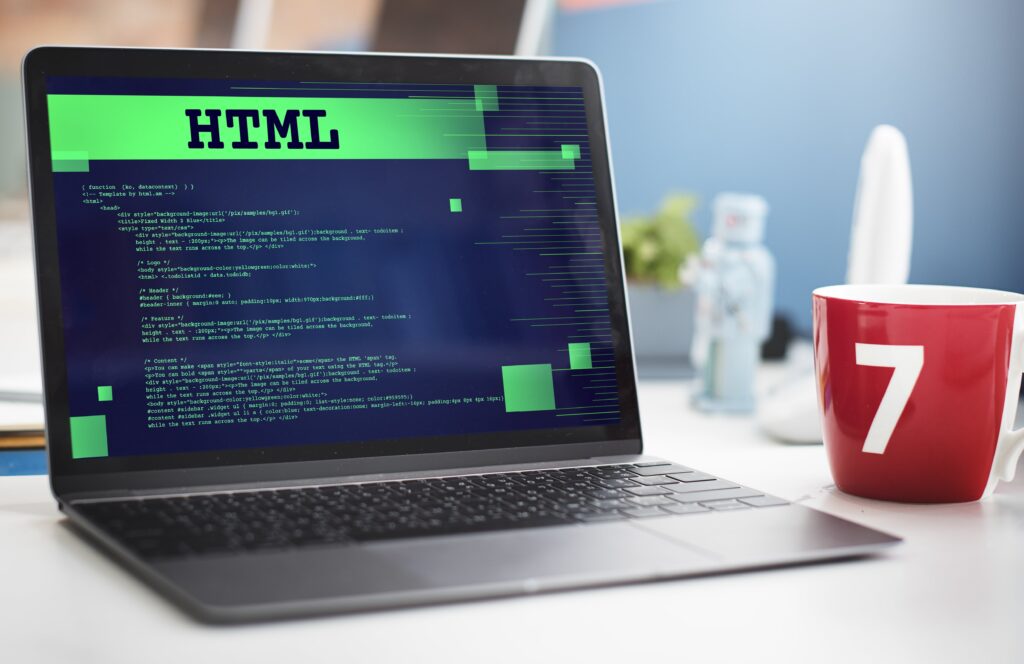
How to Design a Pixel-Perfect WordPress Website
When someone lands on your website, the design is the very first thing they notice. If it feels polished, consistent, and intentional, you instantly build trust. That’s why “pixel-perfect” design matters—it’s all about the little details that make your site look and feel professional.
Here’s a simple, human-friendly guide to building a pixel-perfect WordPress website.
1. Start With a Clear Design

Don’t jump straight into WordPress. Sketch out your ideas first in Figma, Sketch, or Adobe XD.
- Decide on your colors, fonts, and spacing.
- Use a grid system so everything lines up neatly.
- Think mobile-first—you want your site to look just as good on a phone as on a desktop.
2. Pick the Right Theme
Your theme is the foundation of your site. Choose something lightweight and flexible like GeneratePress, Astra, or a block-based theme. Steer clear of bloated multipurpose themes that load with a million design features you’ll never use—they’ll only slow you down.
3. Build With Care (Page Builders or Blocks)
If you’re using Elementor, Beaver Builder, or Gutenberg blocks, don’t just drag and drop randomly.
- Stick to your design mockup.
- Be consistent with spacing (an 8px or 10px grid works great).
- Don’t go wild with random colors or fonts—consistency is what makes it “pixel-perfect.”
4. Nail Your Typography

Clean, consistent typography makes a huge difference.
- Pick one or two fonts and stick to them.
- Set clear heading styles (H1, H2, H3) so your pages look structured.
- Make sure text is easy to read, even on small screens.
5. Keep Images Crisp
A pixel-perfect site should look sharp everywhere.
- Use SVGs for logos and icons so they scale cleanly.
- Export images at twice the resolution for retina screens.
- Let WordPress handle responsive image sizes.
6. Add a Little Custom CSS

Sometimes, you’ll want finer control than your theme or page builder allows. That’s where a sprinkle of CSS comes in handy. For example:
h1 {
font-size: 48px;
line-height: 1.2;
margin-bottom: 24px;
}
Small tweaks like this help you match your original design exactly.
7. Test on Real Devices
Don’t just preview in your browser—grab your phone, tablet, or a friend’s laptop and check how things look. Pixel perfection should hold up across screen sizes and browsers.
8. Balance Design With Performance
Beautiful is good, but fast is better. Optimize your site so it doesn’t just look great but also loads quickly:
- Compress images.
- Use a caching plugin.
- Keep plugins to a minimum.
Wrapping It Up
Designing a pixel-perfect WordPress website isn’t about obsessing over every pixel—it’s about creating a site that looks polished, consistent, and professional. Plan your design, stick to your system, and fine-tune the details. The result? A site that feels as good as it looks.